As I finalize the design and begin fabrication of my layered tree wall art, I’ve been thinking a lot about what I truly want this project to look like, feel like, and do. As this isn’t just an assignment that I need, but since it’s a meaningful gift I plan to give to a scholarship foundation that supported me through college, I believe every detail matters.

Top 5 Things I Want This Project to Achieve
1. It should look clean, dimensional, and balanced.
The laser-cut layers need to stack precisely to create a sense of depth without feeling overcomplicated. I’m aiming for something visually striking from afar and intricate up close. Alignment and finishing will be key.
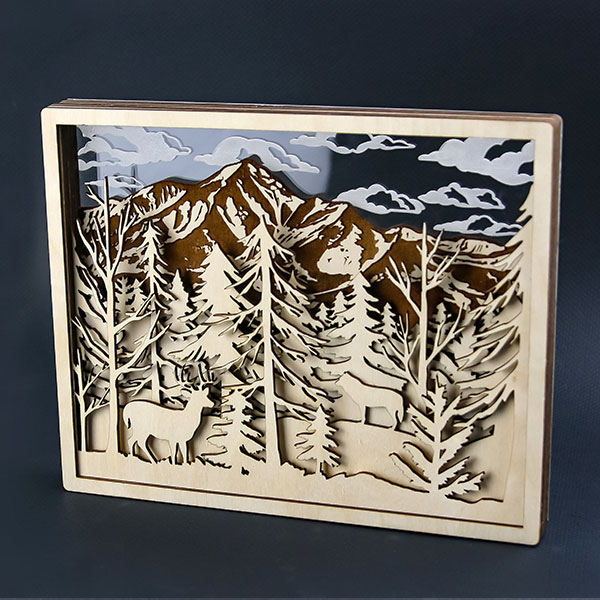
2. It should feel warm and natural.
Though made using digital tools, I want it to retain a handcrafted, organic aesthetic. The wood grain should be visible and inviting, the edges should feel smooth, and the entire piece should give off a sense of calm and thoughtfulness.
3. It should do something quietly surprising.
The hidden frame behind the tree is one of the most meaningful parts of the design. The goal is for viewers to initially see only the tree, but upon opening the hinge, discover a photo of the scholars supported by the foundation—including myself. It’s an interactive moment rooted in gratitude.
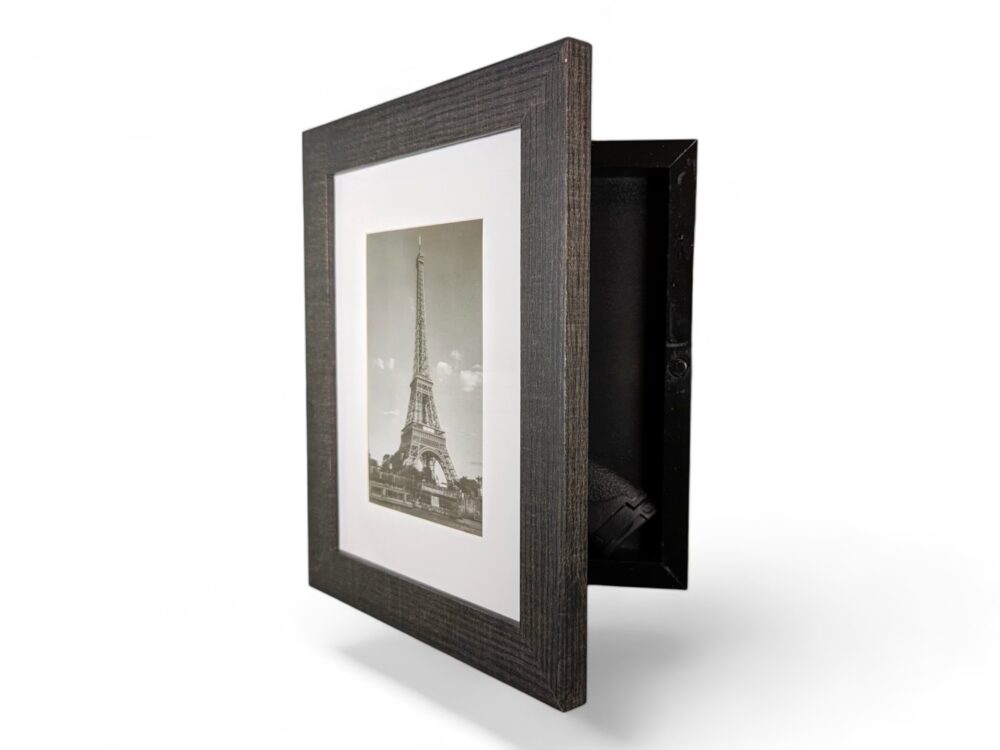
4. It should be worthy of being displayed as a gift.
This piece is meant to live in a home in Lake Tahoe, owned by the scholarship foundation. It needs to reflect the professionalism, care, and emotion behind the gesture. Gifting it will be a personal thank-you, so it has to feel significant and polished.
5. It should represent both design and engineering.
From CAD drawings to hinge mechanics, from wood finishing to composition, this project should showcase my skills in both technical execution and artistic vision. I want this to be something I’m proud to include in my portfolio.
Top 5 Constraints I Face
1. Time
This is the biggest constraint. Between CAD refinement, laser cutting, assembly, and finishing, I need to stay on schedule or risk rushing the parts that matter most, like alignment and staining.
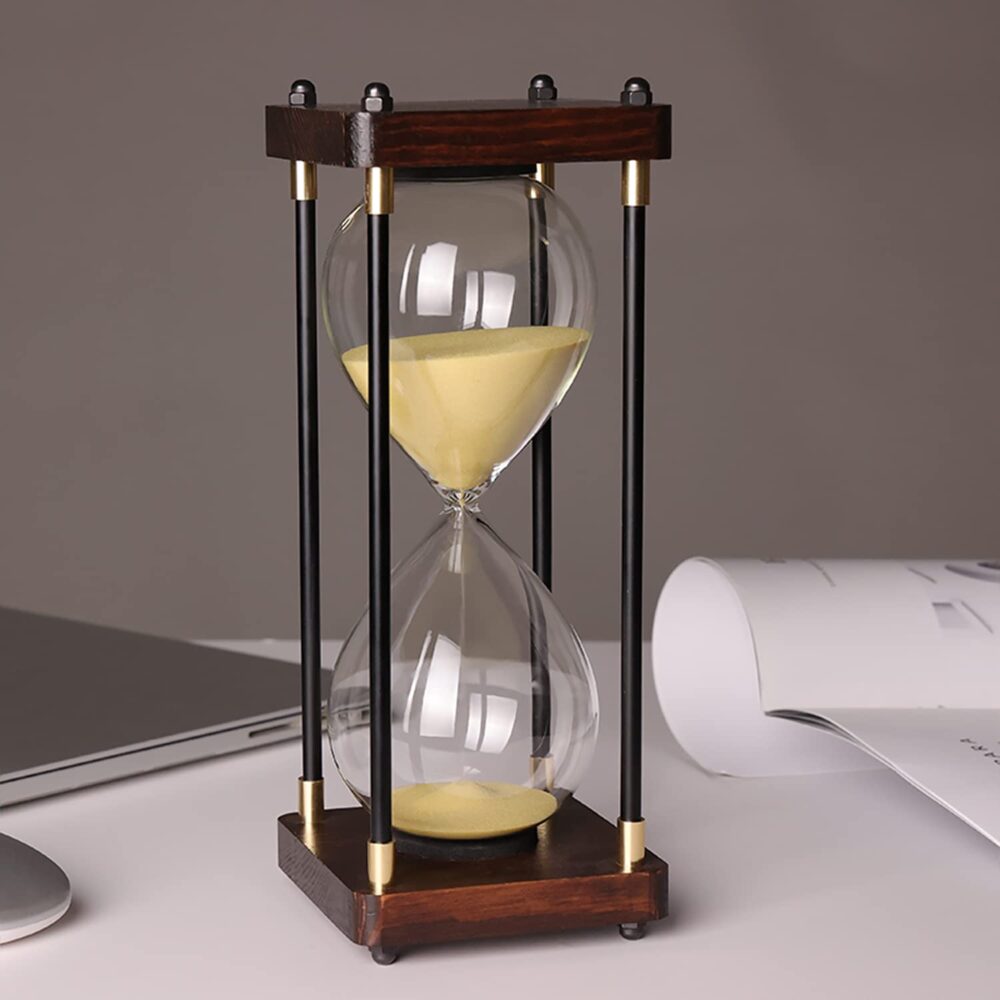
2. Precision and tolerances
Working with wood and hinges requires accuracy. Misalignments in layer stacking or hinge placement can ruin the illusion or functionality. Managing tolerances will be crucial.
3. Material limitations
I’m working primarily with wood and some materials. While this fits the sustainable ethos, it limits consistency and requires careful selection and testing.
4. Skill with wood finishing
While I’m confident in CAD and laser work, achieving a clean, professional wood finish (no blotching, no splintering) is something I’m still perfecting.
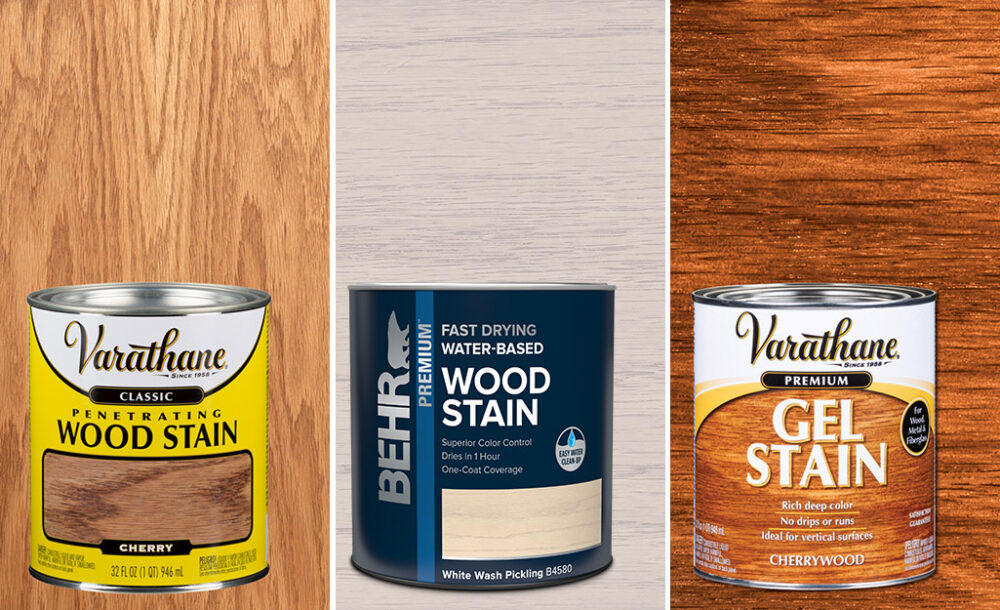
5. Workspace limitations
Access to laser cutters and assembly space can be unpredictable. Scheduling around shop availability and ensuring safe transport of the piece adds logistical complexity.
Balancing vision with reality is at the heart of this project. Knowing what I want and recognizing the constraints that stand in the way helps me stay grounded while still reaching high. If I can meet even four out of five goals while navigating these challenges, I’ll consider the project a success.
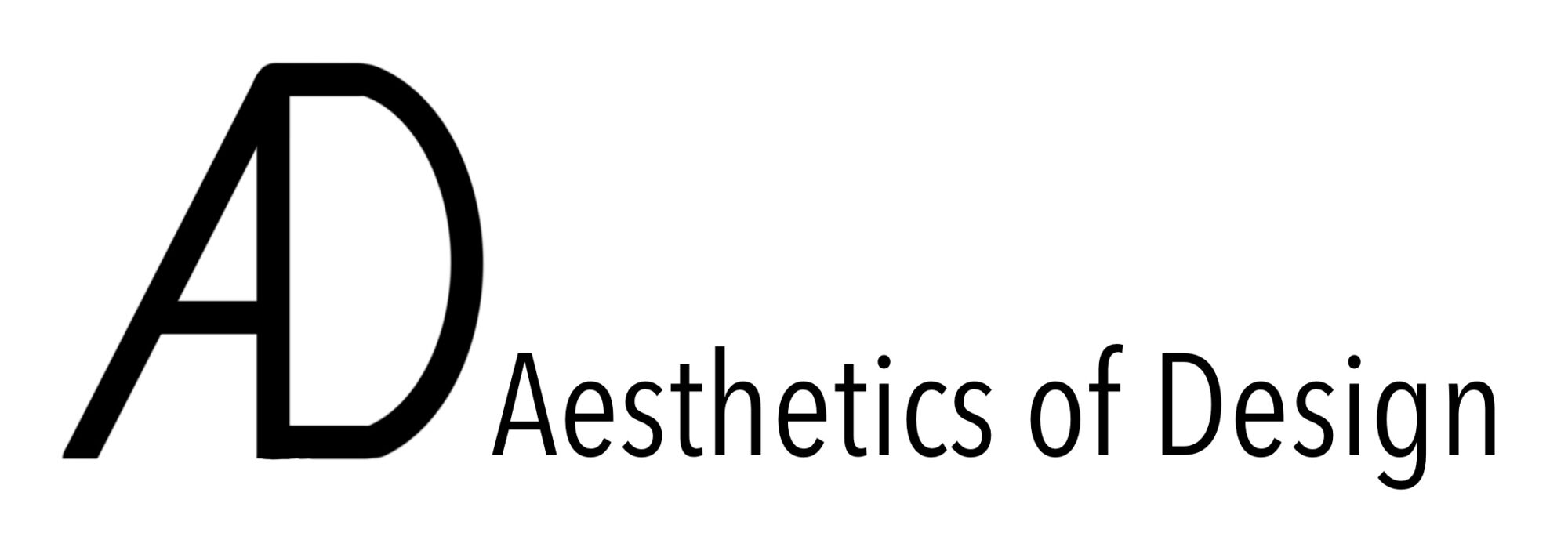

2 Comments. Leave new
This is such a cool project! I had some similar constraints to you, especially time. I hope you are able to make the project look the way you are hoping, especially since it is a gift!
Hello Bryce,
Thanks for the comment, goodluck to you as well!